10+ Years Experience
Specialist Horse Menages

Imagine the freedom and convenience of having your own custom-built riding arena right at your doorstep. A well-constructed arena is an investment that will provide years of enjoyment for you and your horses.
In this comprehensive guide, we’ll walk you through the entire process of building a riding arena, from selecting the ideal site to maintaining the finished product.
Get ready to embark on an exciting journey to create the perfect space for you and your horses to train, compete, and simply enjoy each other’s company.
The long-term success of your riding arena largely depends on proper site selection. Factors to consider when selecting a site include:
Aim for a level surface to minimize excavation, reduce costs, and ensure a stable upper surface.
The length of an outdoor arena should run north to south to maximize sun exposure from east to west.
When marking out the arena, provide an additional meter of working area around the periphery of the area being excavated for the new riding arena. This extra space will be valuable during construction and future expansions.
Good access to the site helps cut down construction costs and ensures smooth delivery of materials and machinery. Inadequate access can lead to:
Dump trucks, flatbed trucks, and delivery vans are common vehicles employed for the delivery of materials like drainage pipes.
It’s vital to take site access into account when formulating the timeline for your riding arena construction.
For an all-weather riding arena, proper drainage is a must. Inadequate drainage can result in water accumulation, negatively affecting the consistency and safety of the arena surface, particularly during extreme weather conditions.
French drains and herringbone pattern land drainage systems are generally recommended for riding arenas.
The local climate plays a significant role in drainage planning, as it affects rainfall amount and frequency, as well as temperature fluctuations.
Common methods of discharging water from the drainage system include drainage channels, a soakaway system, or a regular ditch.
Wind exposure can lead to erosion of silica sand-based surfaces, compromising the quality of your riding arena. To mitigate this issue, consider:
Other structures, such as angled sidewalls or windbreak shade mesh panels, can also provide protection from wind, sun, and rain.
Before embarking on the construction of your riding arena, make sure all necessary permits are in place. Planning permission is mandatory for constructing an outdoor riding arena.
Some common reasons for permit denials include concerns about green belt openness, non-compliance with local, regional, and national planning policies, and issues with site location and preparation.
Consult with experienced professionals like Horse Menage Construction, who have a great success rate in obtaining planning permissions for equestrian installations and oversee project management.
Timing is also an important factor to consider. Plan the horse arena construction of your riding arena during drier months to avoid adverse weather conditions that can hinder progress.
This will help ensure a smoother construction process and allow for proper drainage system installation.
When it comes to designing the perfect horse riding arena size, consider your budget and intended use.
The largest arena that your budget permits is recommended, as it reduces strain on the surface by spreading out riding across a wider area.
Standard sizes for riding arenas vary, with 20m x 40m being a typical size for personal use and 20m x 60m for dressage arenas. However, the size should be determined based on the specific activities and requirements of your intended use.
In addition to selecting the right size, plan for potential future expansion. Allocate a few meters of extra space around the arena to accommodate any future modifications or augmentations.
This foresight will save you time and money in the long run, should you decide to expand or upgrade your arena.
Successful construction of a riding arena hinges on thorough site preparation. Here are the steps to follow:
This meticulous preparation will lay the foundation for a stable and well-drained riding arena. Proper site preparation not only ensures a smooth construction process but also contributes to the longevity and performance of your finished arena.
The performance and durability of your riding arena heavily rely on an effective drainage system. The recommended drainage system is the herringbone pattern.
The central spine of the herringbone drainage pattern should be directed towards a soak-away, ditch, pond, or other discharge point.
To backfill the channels for the perforated land drainage pipes, use clean 20mm pea shingle. This prevents blockages and ensures optimal functioning of your drainage system, protecting your arena from waterlogging and surface issues.

The longevity and performance of your riding arena are reliant on a stable base layer, which takes into account the surrounding sub soil.
It involves selecting suitable sub-base materials and using proper compacting techniques. Some commonly used materials for making a sub-base include:
These materials offer various advantages like high compaction rate and durability.
The cut and fill method can be used to level the ground, taking soil from the higher side and utilising it to even out the lower side.
Ideal sub-base materials for a riding arena should be clean, angular, and frost-resistant. These characteristics ensure optimal drainage and stability for your arena.
Some recommended materials include clean, preferably washed hardstone such as carboniferous limestone or granite.
Avoid rounded gravel, road plannings, or demolition hardcore, as they may not provide the same longevity or stability.
Compacting techniques are critical for a riding arena’s sub-base layer, ensuring a secure and even base layer. Utilise a vibrating roller and a laser level for precise levelling and compaction.
These tools ensure that the sub-base and sub-surface layers are compacted to provide a stable and even foundation for your arena.
This solid foundation is essential for the durability and performance of your riding arena surface.
Soil stabilisation and surface containment necessitate the use of membranes. Incorporating both woven and non-woven membranes in your riding arena construction ensures a stable foundation and proper drainage.
These membranes play a crucial role in maintaining the integrity of your arena surface and preventing issues such as waterlogging and surface degradation.
A woven membrane, typically black and made of polypropylene tapes, is used for soil stabilisation and preventing drainage channel blockage.
It serves as a stabilising layer at the base of the arena layers, providing strength to the soil and preventing the top gravel from mixing with the lower foundation layers.
Additionally, it facilitates the passage of water and nutrients, ensuring a stable and well-drained surface for your horses.
A non-woven membrane is crucial for preventing surface loss and maintaining proper drainage. This geotextile fabric serves as a barrier between the riding surface and the underlying base layers, keeping the aggregates separate from the riding surface and reducing the risk of surface degradation.
Ensuring proper installation of the non-woven membrane will help maintain the overall performance and longevity of your riding arena.
Choosing the right surface material greatly influences the performance and durability of your riding arena.
Surface material options include silica sand, rubber chippings, and waxed or non-waxed surfaces, depending on your budget and discipline requirements.
Each material has its unique characteristics and maintenance requirements, so it’s essential to evaluate all available options before making a final decision.
Silica sand offers a stable and durable surface, while rubber chippings provide added cushioning and shock absorption.
Waxed surfaces require less maintenance and offer better structure and stability, while non-waxed surfaces may be more economical but demand more frequent maintenance.
Consider the specific needs of your discipline, climate, and budget when selecting the right surface material for your riding arena.
Proper installation techniques are crucial for ensuring the longevity and performance of your riding arena surface. Here are some steps to follow:
By following these steps, you can ensure a properly executed surface installation for your riding arena.
Rubber chippings can be added to the top of the sand for additional cushioning. These techniques will ensure a stable and even surface for your horses to perform at their best.
Secure and safe riding arenas require proper fencing and safety features. A three-rail sawn post and rail system is the most popular fencing design.
Kick/retaining boards are usually added at the base of the fence for added stability. Rails provide a more forgiving internal line, reducing the risks of injury to horse or rider.
The posts should be 3 bars in height for a secure fencing system. Rails should then be securely fastened to the insides for extra strength..
When installing corner posts, concrete them in while measuring as you go to ensure they are in the correct location.
Proper fencing and safety features contribute to a secure environment for both horse and rider, allowing them to focus on training and enjoyment.
The longevity and performance of your riding arena depend on regular maintenance. Here are some essential aspects of maintaining your arena:
By following these maintenance practices, you can ensure the longevity and optimal performance of your riding arena.
Ensure proper drainage by inspecting the drainage system regularly, at least once a week for most horse stables and daily for competition facilities.
This will help prevent dirt accumulation and maintain the overall surface condition of the horse arena.
By dedicating time and effort to maintenance, you’ll ensure that your riding arena remains a safe, enjoyable, and valuable investment for years to come.
Avoiding common mistakes that can lead to poor performance or safety hazards is key to the success of your riding arena construction project. Some common errors include:
By being aware of these pitfalls, you can take the necessary steps to prevent them and guarantee a successful riding arena construction.
By following the guidelines and advice in this comprehensive guide, you can avoid these common mistakes and ensure the longevity and performance of your riding arena.
Your investment in a well-constructed arena will provide years of enjoyment and satisfaction for you and your horses, as well as a safe and reliable space for training and competing.
Building a riding arena is an exciting and rewarding endeavour that requires careful planning, attention to detail, and dedication to maintenance.
By following the step-by-step guide presented in this article and avoiding common mistakes, you’ll be well on your way to creating a top-notch riding arena that meets your needs and exceeds your expectations.
So, take the reins and embark on this exciting journey to bring your dream riding arena to life.
When selecting the ideal site for your riding arena, be sure to consider factors such as accessibility, drainage and exposure to elements.
For personal use, a recommended riding arena size is 20m x 40m, depending on your budget and intended use.
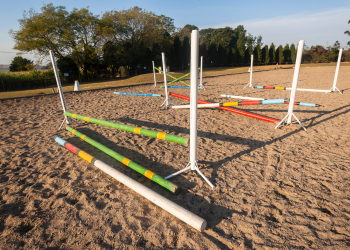
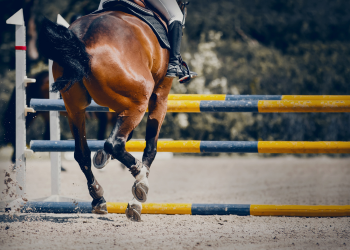
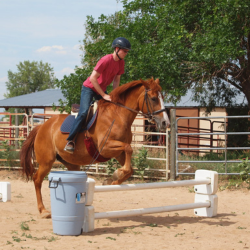
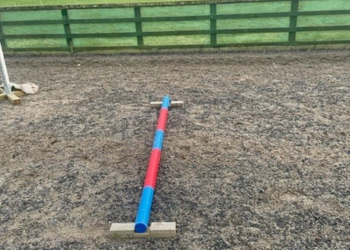
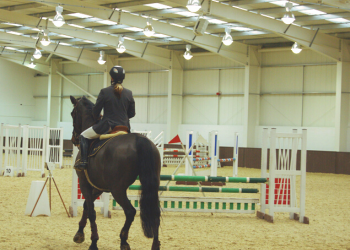
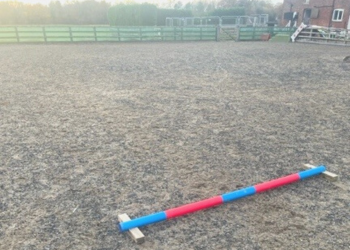
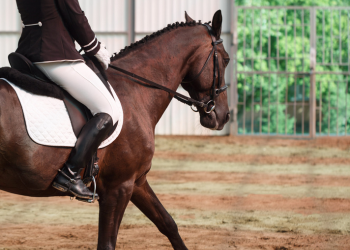

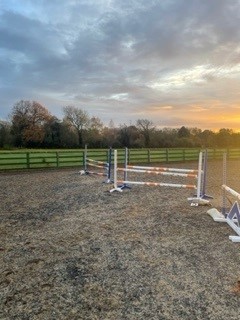
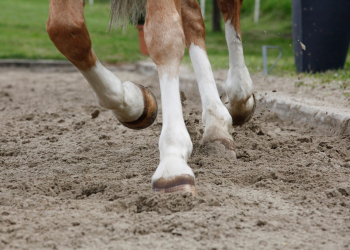
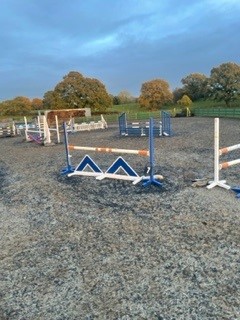
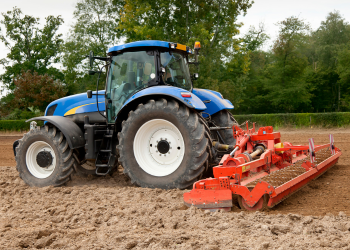

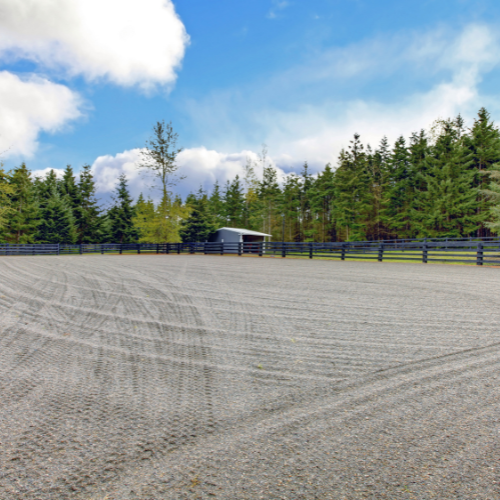

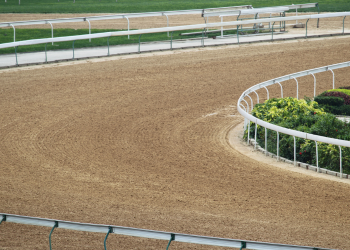
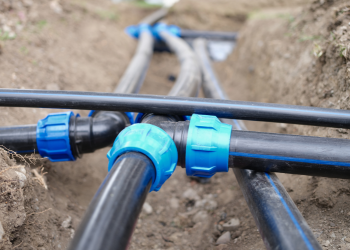
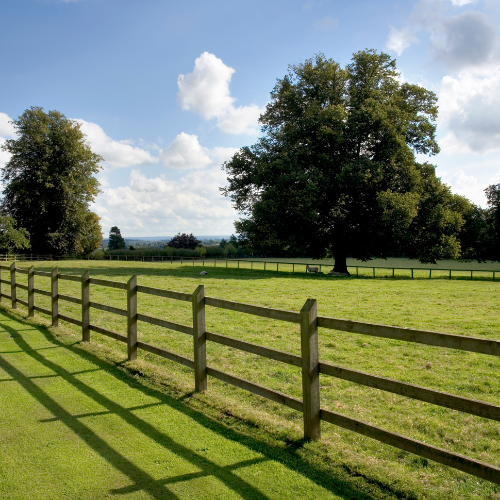
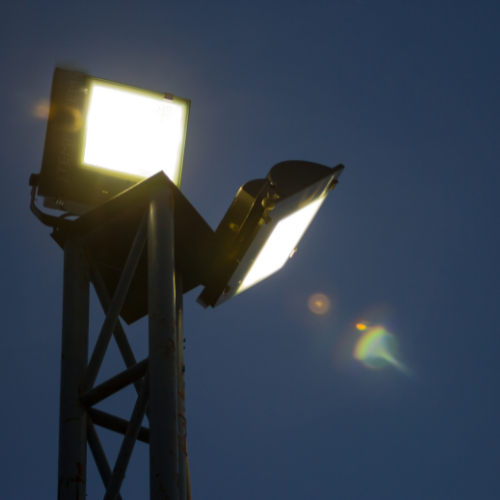
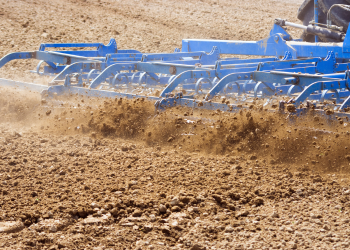
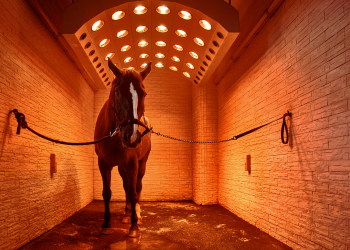


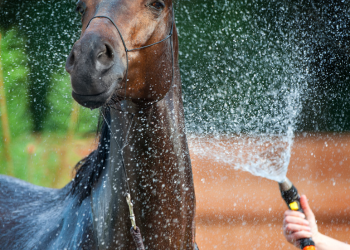
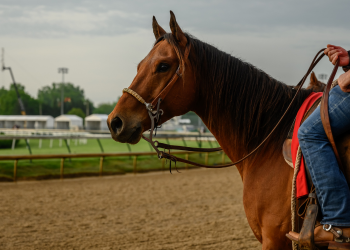
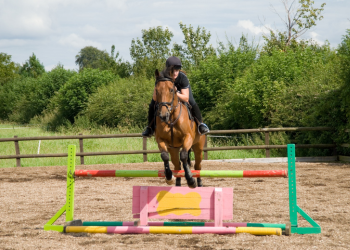
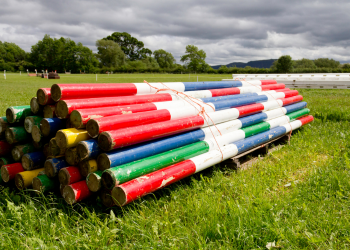
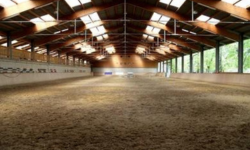
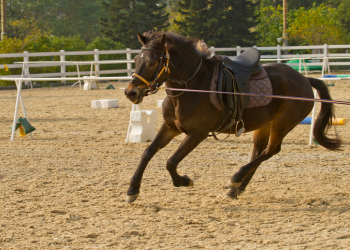
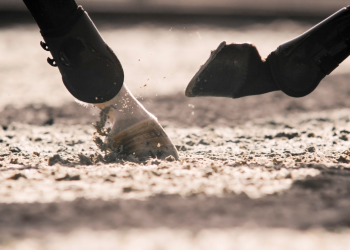
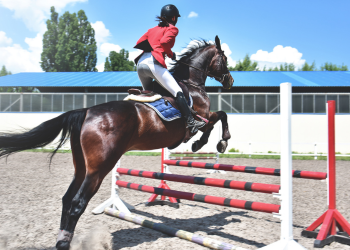
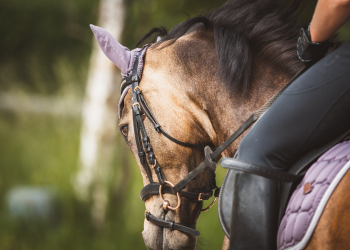
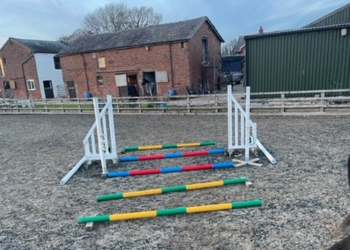
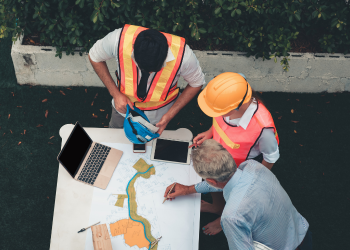
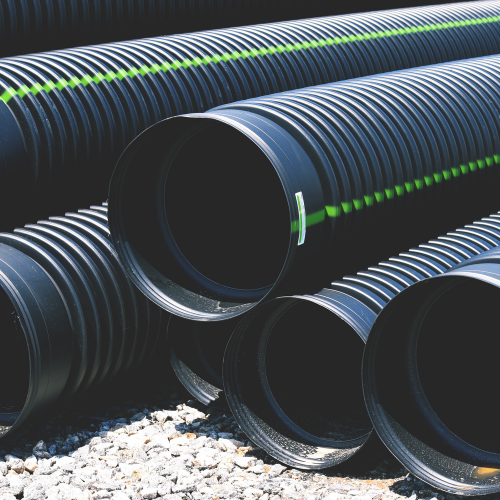
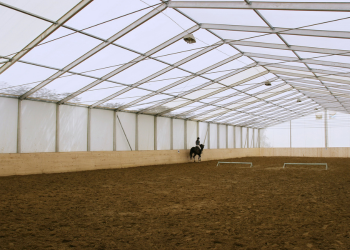
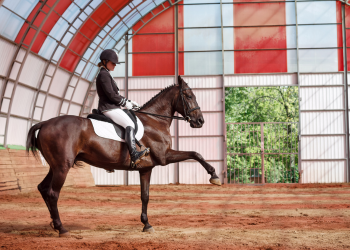
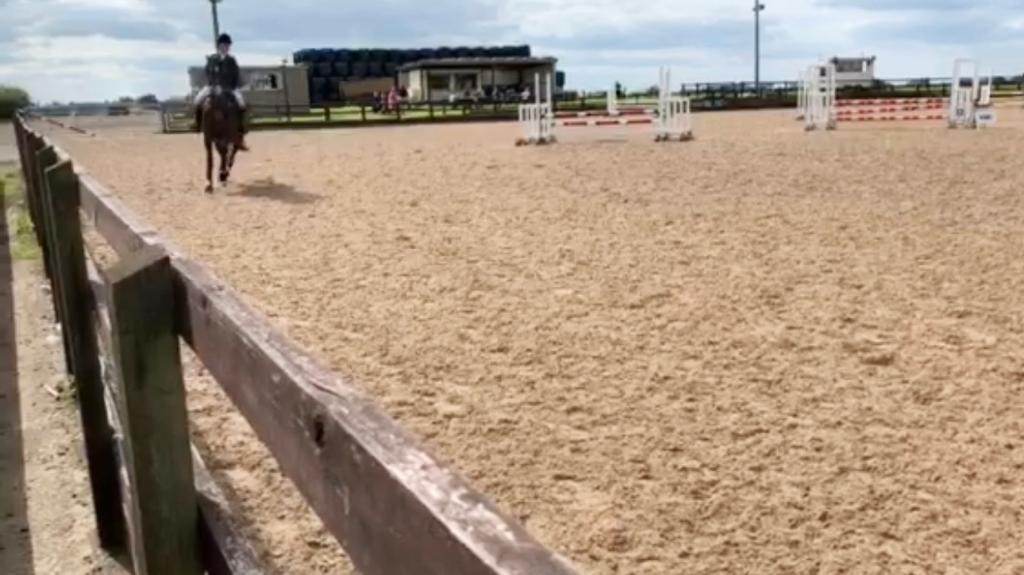
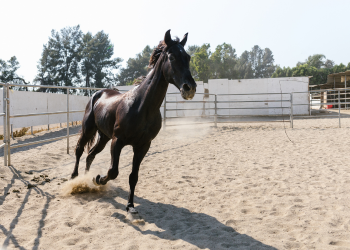
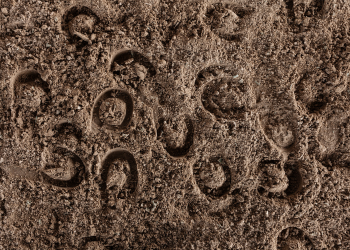

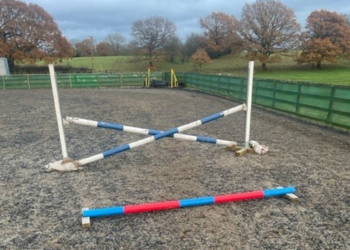


We Aim To Reply To All Enquiries With-in 24-Hours